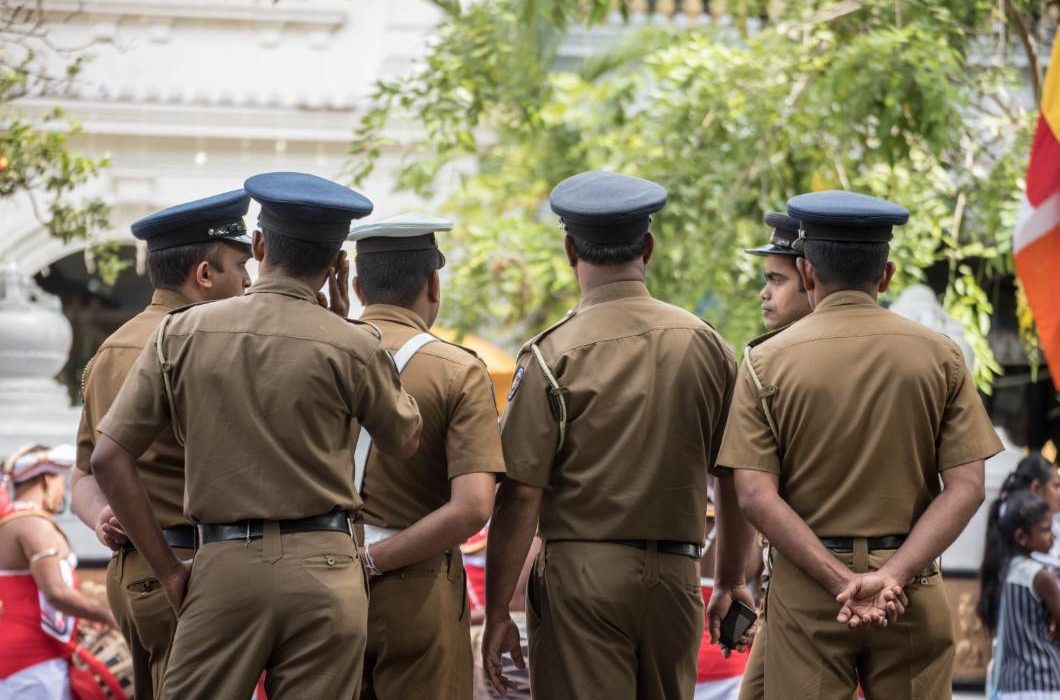
You might also like:
The deadly Easter attacks on churches and hotels in Sri Lanka is likely to cause economic consequences for the island which is highly dependent on tourism.
The deadly bomb attacks of Sunday, April 21, shook the small island of Sri Lanka. Sri Lanka’s president outlawed two Islamist groups suspected to be behind the suicide bombings. Islamic State has claimed responsibility for the attacks. 10,000 soldiers have been deployed across the country to carry out searches and boost security since the bombings in three churches and four hotels, most of which were in the capital Colombo. Authorities announced there could be more attacks against religious centers.
However, in addition to the pain and fear, there is also the concern of a lasting economic impact. A few days after the attacks, which killed at least 360 people and injured 500 others, the effects of terrorism are already being felt, particularly on tourism in Sri Lanka.
Most inbound flights to the country are empty, while the returns are overbooked. Many embassies have called on their nationals to exercise caution and comply with safety instructions. Thousands of holidaymakers have already fled the island. Cancellations at tour operators and hotels are increasing. The government expects a decline in visitors by 30 percent. That means a loss of about 1.5 billion dollars (1.3 billion euros).
For security reasons, the island interrupted its project of tourist visa exemptions for nationals of 39 countries until May 2nd. The visa exemption, which was to come into effect from May 1 for a period of six months, was intended to boost tourism in low season on the island. At present, all foreigners – with the exception of Singapore, Maldives and Seychelles – must obtain visa at a Sri Lankan embassy or online before traveling to the country.
The scale of the attack calls into question the authorities’ preparedness for the risk of terrorism. Travel agencies will not take the risk of sending their customers to a place considered dangerous. No wonder, among the victims of the attacks were nearly 40 foreigners.
Before the attacks, however, tourism in Sri Lanka was booming. In 2018, 2.3 million travelers were captivated by the small island in the Indian Ocean. There were only 450,000 visitors in 2012. Six years were enough for Sri Lanka to make its mark on the international tourism scene.
This year was expected to provide a significant opportunity. “The country was named the best destination in 2019 by Lonely Planet (international travel guide),” says Didier Arino. A real victory for a country that has made tourism one of its top priorities.

In 2009, at the end of the civil war, the objective was to revalue the image of a country in crisis. Sri Lanka discovered the untapped tourism potential. From Buddhist ruins to fine sandy beaches, the island seemed to have all the assets to become a privileged destination.
Politicians then opt for a profitable activity, making it possible to catch up on tourism. The high-end sector was emerging as a thriving market.
Tourism, which accounts for 11.6% of GDP, has become an essential element of the country’s growth. In 2018, the Ministry of Economy and Finance revealed that this sphere brings in more than 4 billion dollars to Sri Lanka. This figure has been rising steadily since the end of the civil war. In addition, the sector represents 1 million jobs.
If the situation continues to deteriorate, the decline in tourism revenues could be accompanied by an increase in unemployment. The island remains very dependent on this sector.
Tourism in Sri Lanka is not the first to suffer from terrorism. Before, other countries were on the red list of travelers. Tunisia, a target of terrorist organizations, is one of them. In 2015, the attacks in the Bardo Museum, Sousse and the presidential convoy halted the tourist sector for several years.
Then “it is the year of the real recovery”, according to the Tunisian Minister of Tourism, who announced promising figures at the beginning of 2018. Tourism-related revenues have increased by a factor of 2.5 in less than 2 years, from 1 to more than 2.5 billion dinars between 2016 and 2017.
The 2018 season will break records with 3.9 billion dinars (nearly 1.2 billion euros), according to the Tunisian Ministry of Tourism. In a few years, Tunisian tourism will come back to life and will even be more productive.
Source: tourism-review.com
